Contributed by What Distance Tells Us
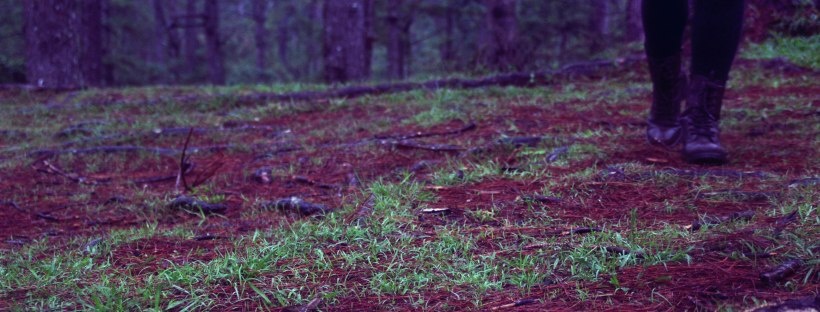
As a brand strategist, I work a lot with labels. Cut through the clutter. Create a single message. Package everything in a box, ready for consumers to take home. But not all labels are created the same. Take those I’ve pinned on myself, for instance. Apart from writer, I use descriptors like “sustainability advocate” or “community builder.” I wear them like badges, insert them in conversations because they spark a kinship with like-minded people that conjure an excited “Me too.”
This is part of the job, one that I’ve learned to accept because it allows me the financial freedom to do what I love, to travel and find stories in the backstreets where most don’t bother to look into. There is very little misalignment between my passion and my profession now. Both require an obsessive amount of storytelling.
My literary side though gives me the satisfaction of subtle imagery. My commercial side follows a simpler formula: create repetitions because repetitions create truth. Pick a word. Drive it down to all platforms. If you say it long enough, effectively enough, and convincingly enough, it’s true.
But I’ve been double-taking on all the labels I’ve been using lately. What have I really done to make my lifestyle “sustainable”? I carry a BPA-free water bottle. I buy local products whenever I can. I walk a kilometre and a half from my house to the coffee shop to lessen my carbon footprint. Does that make me a “sustainability advocate?” Maybe.
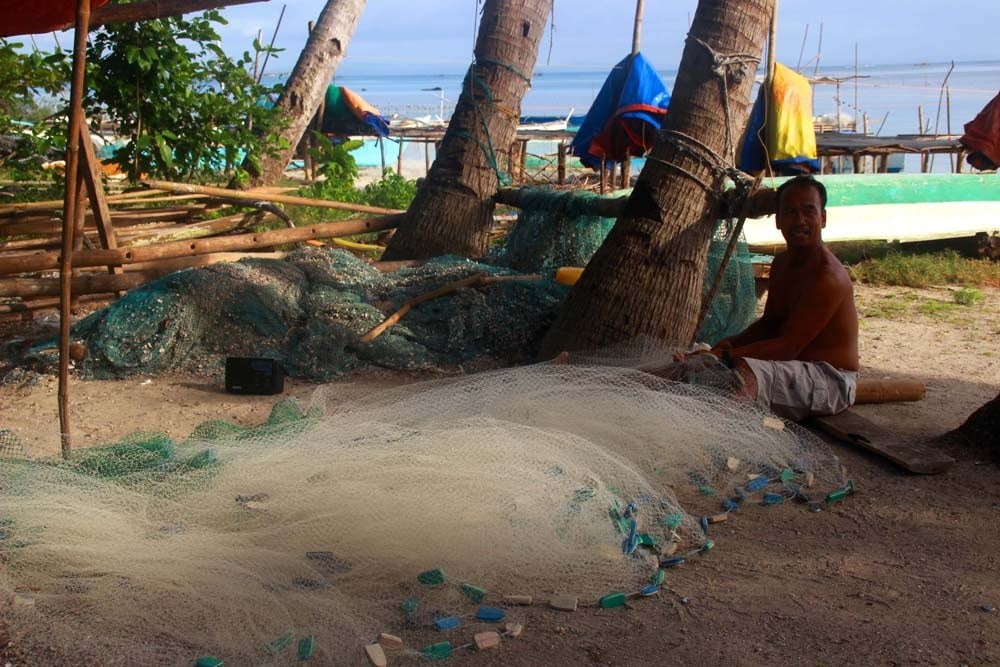
But have I stopped buying from fast fashion conglomerates? Do I bring ecobags every time I shop? Have I written enough about the worsening water problem? The oil in the ocean? The GMO in my food? No. I mean to, but I forget. Or, I mean to, but I don’t like imperatives.
Is there any depth to what I’ve been saying then?
Labels like these, I realise, are attractive. But they are also dangerous. They’re ambiguous enough so that everyone can start claiming them. But they can’t, haven’t, and perhaps will never be qualified.
No label bothers me more though than “responsible traveller.” But what does it mean anyway?
According to a travel website, responsible travel is when “we realise that every destination is someone else’s home, (that) we should leave places as we would like to find them, and (that) we should ensure that communities benefit from our visit.”
Respect the culture of the place? Yes. Leave no trace? Yes. Yes. But other than that, what is it? The term is so deliciously foggy that it can be taken several ways, depending on the one who’s using it. Another website even trips itself by merely defining it as “what irresponsible tourism looks like and then imagine its opposite.”
Also read: 7 Leave No Trace Principles Every Traveller Should Know About
When the concept came around, it became a hit for those finding a way to differentiate themselves from the rest of the pack who were shouting YOLO, brandishing graffiti on heritage sites, jumping off rice paddies in wakeboards, extending their selfie sticks to bewildered locals who barely had time to pose before the click.
It seemed the end-all and be-all to solve cultural insensitivity, ethical appropriation and environmental degradation tourism was bringing in.
It was a way to reduce guilt, to greenwash perhaps the seeming pointlessness of movement. All we need was to be ‘responsible tourists’, then we could travel all we want.
It certainly lured me in, especially at a time when I was travelling at an abnormal pace. I left all sundries in the backpack and made it a habit to reserve three days’ worth of wearables in case of any unexpected flights, which at that time were more frequent than my staying home.
Even then, though, I wore it like a shield because, no matter how hard I tried, I was not moving as far, as fast, as I wanted. I had a daughter who told me testimonies of my absence. A week of absence was magnified to a month of blame. Even if I wanted to, YOLO wasn’t an option anymore. I travelled when I could, whenever I could.
To a fellow traveller, my miles were petty. And my travel style was certainly not Instagrammable. A blogger once pointed it acutely by asking, “You like to be on the mundane side, don’t you?”
But travel, even if it were for the greater good of anyone’s existential well-being, including mine, burns hundreds of gallons of fuel every hour. A plane’s take off and landing alone burns 25% of a plane’s fuel.
And because it now happens to be cheap to flit from one place to the other, each person’s frequency to travel doubles, which also doubles ozone production.
Planes account for more global warming than all cars combined. And because I fly twice a month, on short flights, or overnight boat rides, I alone account for 16 tons of CO² emissions on average every year.
This can be contested, of course, and has been through the years. New studies present a different angle every day, but these arguments mostly revolve around the scale of degradation, not the denouncement that it’s happening.
In this case, the more “responsible” thing to do is to stay put. The farther you move, the bigger your carbon footprint is. To be a responsible traveller, then, is to understand the hypocrisy in the term.
The other argument to responsible travel is the concept of travel philanthropy. Travellers now want their presence to be less invasive, more community-oriented.
Imagine this scenario: instead of running around on a half-day tour in Puerto Princesa, being stuck in a van with other tourists that go in and out of destinations, with barely enough time to talk to anyone including their own tourmates, responsible tourism suggests you stay with the T’bolis in Cotabato, eating the food they eat, going to the river banks where they hunt for frogs, listening to their dream chants at night. It aims to connect directly to the community, placing hard-earned pesos in homestays, family-run museums or craft workshops with women cooperatives.
But in whatever form they come in, both are still invasive. Both still exoticize places and people. For that is what is common in all forms of travel: that no matter how hard we try to whitewash, we will always be outsiders witnessing an insider’s life.
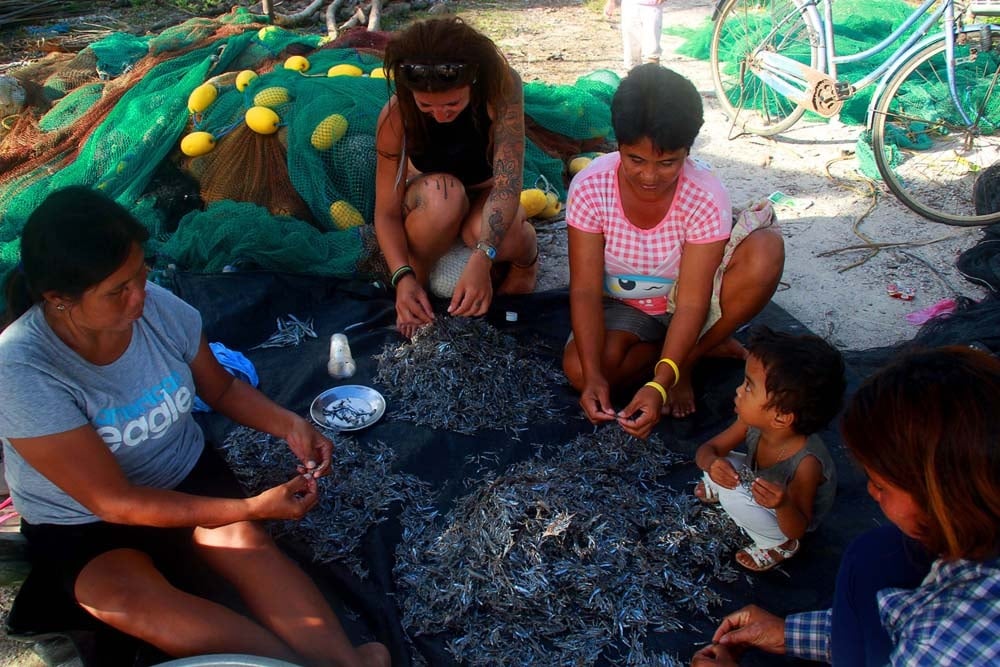
It is holed. It is a paradox for the very act of wandering the physicality of a place already disturbs natural habitat, and its inhabitants, no matter how noble the effort to camouflage foreignness.
The responsible traveller, no matter how much the term is said, is an external stimulus, an unnecessary disturbance. It builds a wall of exclusivity that disturbs those who aren’t “responsible.” And because my medium is often the written word, I cringe every time I have to use the term.
But will I stop travelling now that I have this in hand? Never.
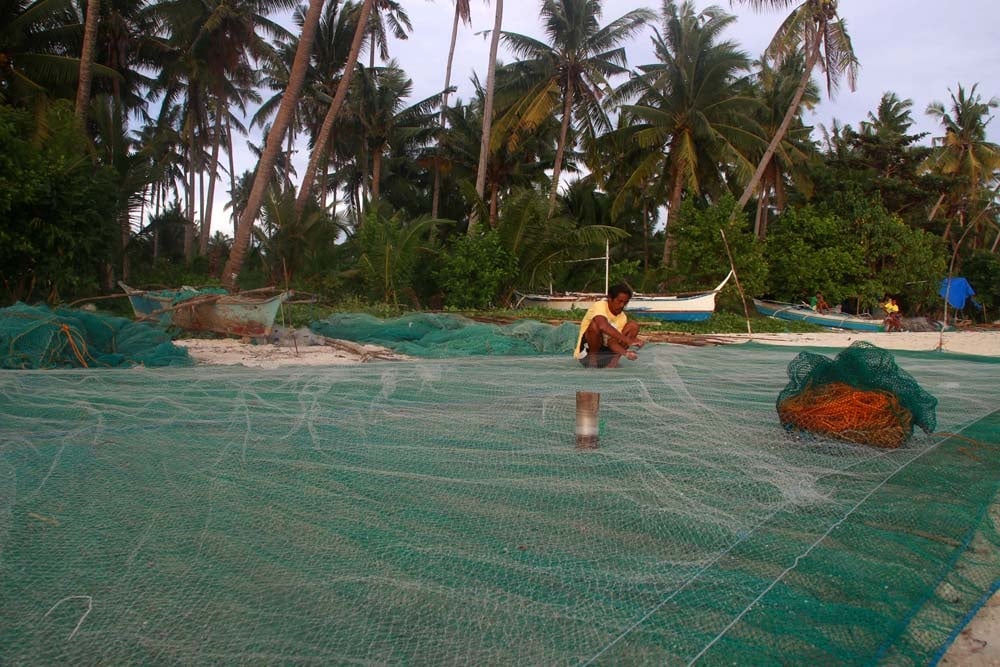
Will I let the imperfection of travel stop this greater need to find the self outside the self? Never.
This is the lure of spaces lost to us. This is the romantic, impractical part of distance that has baited so many before in an inexplicable cry for fernweh and sehnsucht.
There is perhaps rectification though in using the right term. True, it is not a strategy. It is an argument, but I would rather that most people use the term “conscious traveller”.
The “conscious traveller” is mindful that wherever he goes, he creates unnecessary repercussions in the world. And so, does whatever he can to abate whatever footprints he made in his acts of restlessness.
The conscious traveller creates as little carbon mark in his domestic life to rectify what was made in his months of movement.
The conscious traveller is aware that because he foregoes the tourist package in order to search for authentic experiences, that he may well be very well foregoing tried-and-true systems already locked in placed that, down the line, would have created more progressive employment for more stakeholders in the value chain – the homestays, the indigenous tribes, the fishermen, the farmers, the drivers.
The conscious traveller knows he is part of the problem and is not entitled enough to be excluded from it.
There is an again conscious recognition that because we have a tendency to be messianic about our advocacies, there is also a tendency to demoralise those who do not have the same cause, in effect saying that all the rest are “irresponsible”.
The conscious traveller knows he is far from perfect, and therefore, does not chastise others who travel differently than he does.
Travel has never been easier, and that is why it has also never been more difficult to make its value chain more stable. Every traveller is a disruptor. Language that aims to simplify may perhaps create more barriers, perhaps even including this writer’s feeble attempt.
So where is the resolution in this rant? Very recently I was in the Southern Cebu town of Argao, getting tsokolate and scrambled eggs in Alex Kafe, walking through its century-old church and buying tableya in the local carenderia. The next day, I flew to Manila to walk around the Red Light district of Katipunan where I usually stay. In the middle of Powerplant and Century City Mall, is a pre-war home that was recently renovated by its historian owner. There was a sampaguita on my bed and waling-waling on my window. I listened to the K-Pop bars around me and guessed which of the passersby were real women or transvestites.
By the time I flew to Baguio, I was spent. My sensations were muddled, still drinking tsokolate in the neighbourhood cafe in Argao, or roaming the streets of Katipunan. The Japanese family’s house where I was staying overlooked the city of Baguio. Every morning, I would wake up to women sorting out coffee beans one by one. And every night, in their art cafe, there would be a spoken word session or a folk musician playing his guitar on his lap. There were so many stories around me waiting to be coaxed out. But I mostly just stayed on the second floor, listening to the ruckus without being part of it, my sensations overloaded. I could no longer appreciate any of them. There was no transition, no time to digest information.
When this happens, and this has happened often, I rely on the camera to keep memories for me. Because moments aren’t processed as they are happening, I rely on visuals, not consciousness, to give me a sense of place.
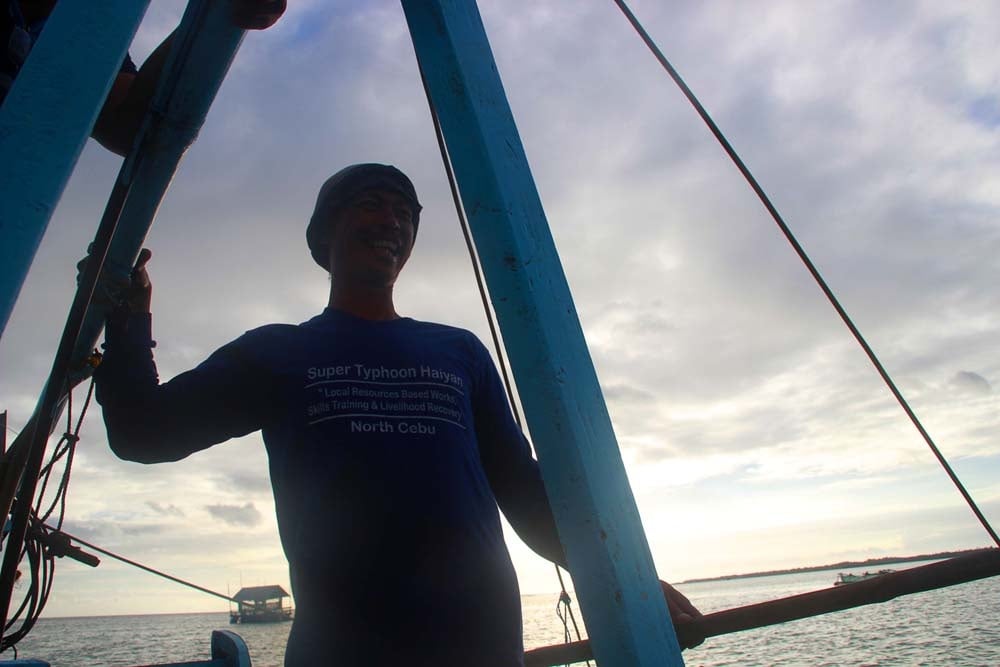
I get home, review the images, and find out that I don’t remember the nuances of travel. The details so important to holding on. The conversations with porters. The mutters of the tricycle driver. The taste of local food. The back stories of fellow nomads.
When you travel too much, too fast, you experience places less and less. Sensation that was once heightened the first few times you transitioned from one geography to the other becomes a norm, a triviality even. Delayed flights ruin your day. Small inconveniences balloon into monstrous issues. You lose the very consciousness the novelty of travel brings.
The secret perhaps to travelling more responsibly, if not consciously, is to travel less. To give time to relish moments when they are happening, as they are happening. Respecting the place that you’re in then becomes common sense when you are fully in it. And that very consciousness emanates to not just what is left behind, but what is brought home.
Also read: 5 Ways to Be a Better Traveller
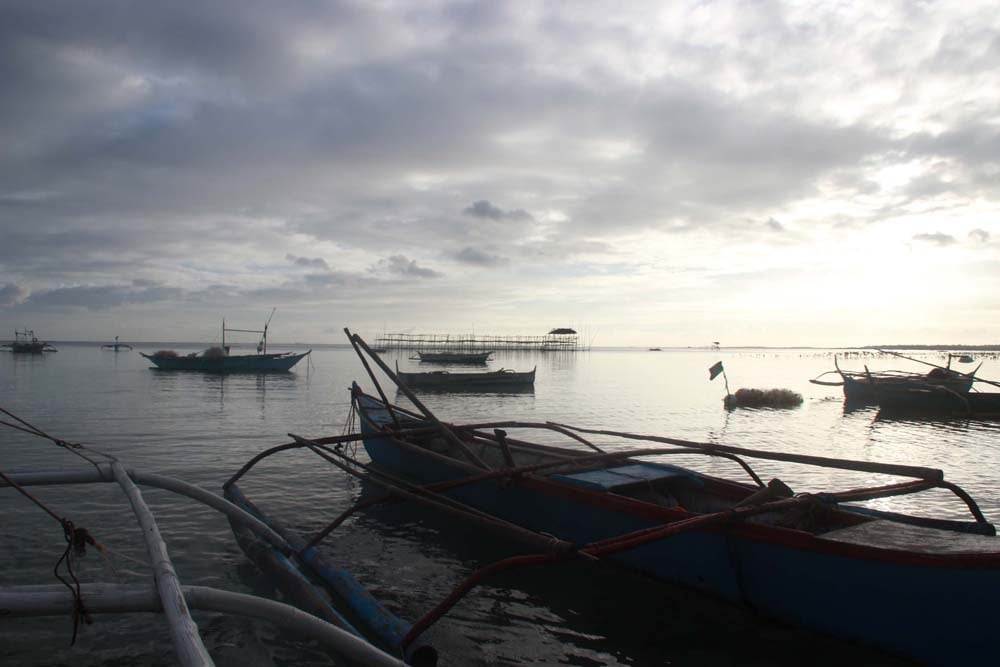
Oftentimes terms like these, ‘responsible travel’ or conscious travel, becomes just a selling point for another Instagrammable shot. But when we intuitively find joy, or even just solace, in the places we go to, we find that the connection so needed to protect it becomes second nature. This is the type of travel that doesn’t need to be documented or validated. This is the type of travel that doesn’t need labels.






